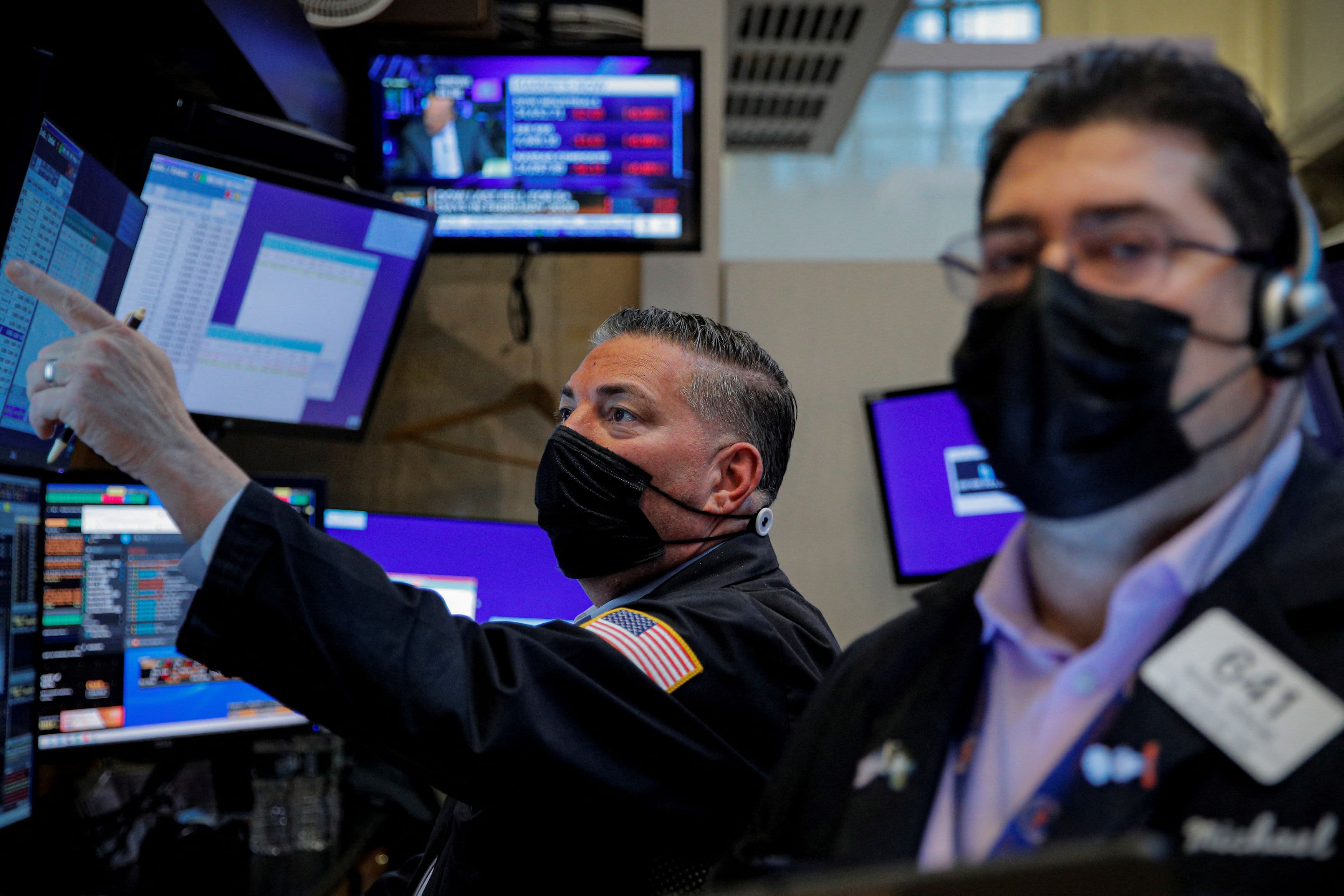Investors with a long-term perspective should not be overly concerned about stocks being 10% below their peaks.

Should you be worried?
On Monday, the S&P 500 experienced a 10% decline from its recent peaks.
However, investors who are panicking should bear in mind long-term trends.
It's not typical that we've had a 10% correction; what's unusual is the length of time since the last correction.
In the period of February-March 2020, the S&P 500 experienced a decline of approximately 33% before regaining its footing.
The S&P 500 experienced a 19% decline from September to December 2018, coinciding with the Fed's discussion of raising rates aggressively.
In the past three years and two months, there have been two 10%+ corrections. This equates to a correction occurring approximately every 19 months.
While that sounds like a lot, it is below the historic norm.
5%-10% corrections are normal
In a 2019 report, Guggenheim stated that 5% to 10% corrections in the S&P are routine events.
More than one decline of 5% to 10% has been observed annually since 1946.
Typically, the market quickly recovers from these slight drops within a month.
Deeper declines have happened, but they occur less frequently.
Since 1946, declines of 10%-20% have occurred approximately once every 2.5 years, while declines of 20%-40% have happened about once every 8.5 years. Additionally, declines of 40% or more have occurred only three times, with each occurrence taking place roughly every 25 years.
Since 1946, there have been 12 recessions associated with pullbacks above 20%.
For long-term investors, it is important to note that even severe pullbacks of 20%-40% typically do not last very long, lasting only 14 months.
The S&P 500 rises 3 out of 4 years
Since 1926, the S&P has risen 72% of the time year-over-year when dividends are taken into account.
The market experiences a decline roughly once every four years.
More than half the time, the S&P gains 10% or more.
The Fed: Is this a secular shift in stocks?
Still, could some deeper, longer-term correction be occurring?
Market investors have experienced an unusually rich period over the past 12 years, even as bulls acknowledge it.
The S&P 500 has experienced an average annual return of approximately 15% since 2009, surpassing the historical average of about 10%.
The Fed's actions, including keeping interest rates low and expanding its balance sheet, have contributed significantly to the five-percentage-point yearly outperformance of many traders.
If the Fed withdraws liquidity and raises rates, it is reasonable to expect that future returns may be below 10%.
Vanguard believes that the removal of policy support presents a new challenge for policymakers and a new risk to financial markets, as stated in its 2022 Economic and Market Outlook.
High valuations and lower economic growth rates mean that they expect lower returns for equities over the next decade.
Investors can expect returns on a 60/40 stock/bond portfolio to be roughly half of what they realized over the last decade (from 9% to approximately 4%).
Vanguard anticipates lower returns, not negative ones.
What does it mean for stocks to be 10% off their highs?
On Monday, you heard that the S&P 500 is 10% away from its peak values.
True, but how relevant is that to the average investor?
How many individuals have invested all their money at a market peak and withdrew it all at the market low on Monday? While many people may panic during market bottoms, very few have ever invested all their money at the market top.
Many individuals practice dollar-cost averaging by investing money over an extended period.
When stocks decline, they are likely to be selling at a lower price than you initially purchased them.
markets
You might also like
- Delinquencies are on the rise while a record number of consumers are making minimum credit card payments.
- U.S. economy state weighs on little changed treasury yields.
- European markets predicted to sustain positive growth.
- Trump hints at imposing a 10% tariff on China starting in February.
- David Einhorn believes we are currently in the "Fartcoin" phase of the market cycle.



















